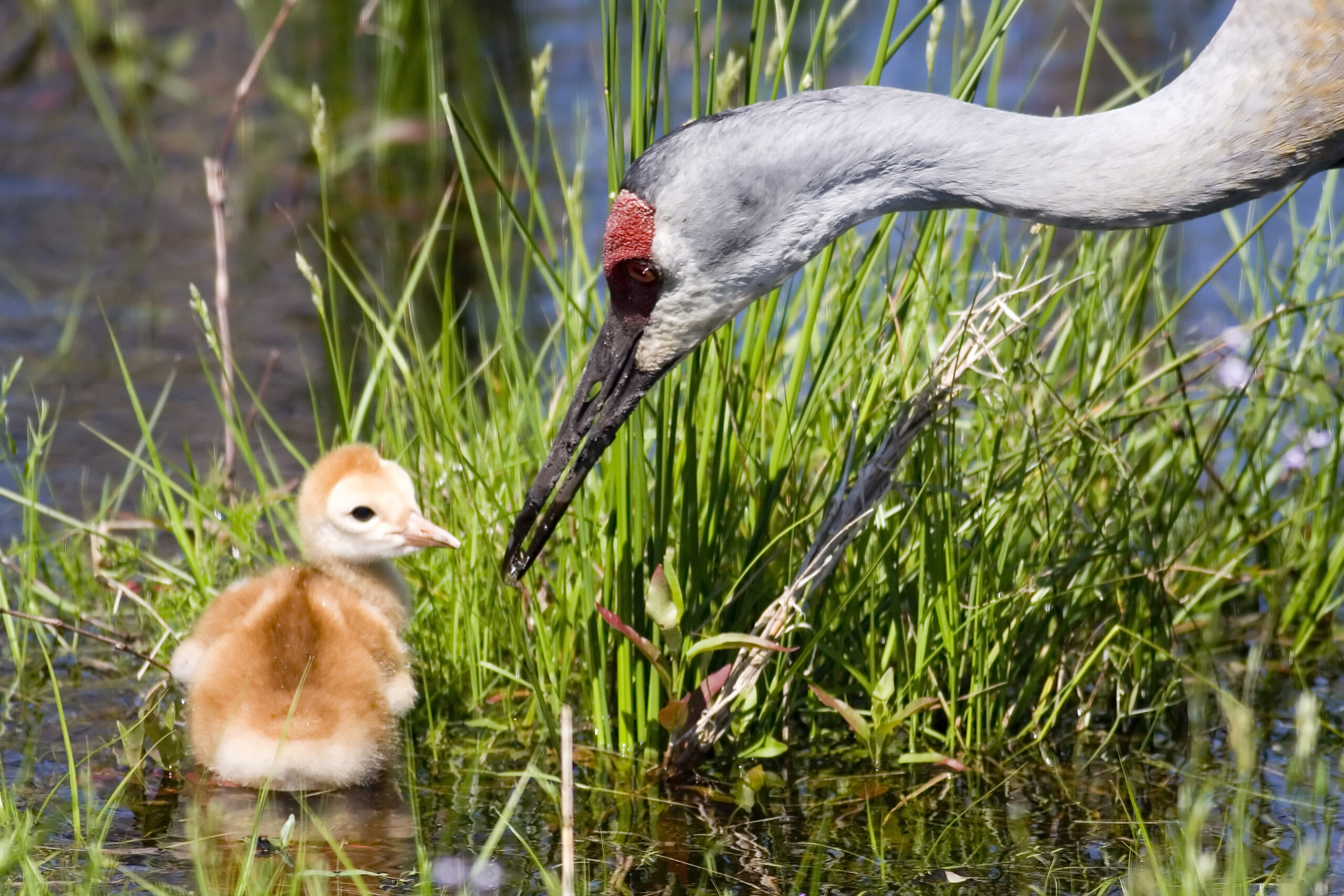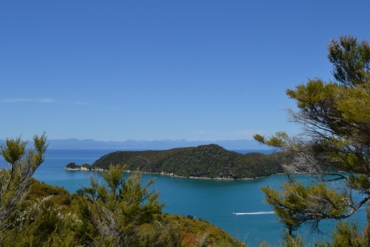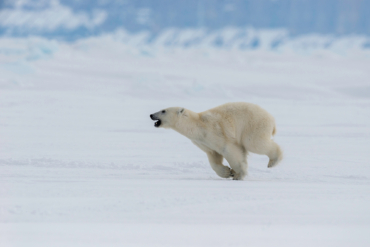The Supreme Court has significantly reduced protections against pollution in America’s wetland waterways.
That’s as of May 25, 2023, when the court ruled in favor of plaintiffs Michael and Chantell Sackett in a complaint against the Clean Water Act of 1972. While the decision revolves around a dispute over a small parcel of land in northern Idaho, it could have broad consequences.
As of the update, the Clean Water Act (CWA) now allows substantial hazards to natural water resources throughout the country, environmental groups argue.
The 6-3 decision “eliminates safeguards for almost all of the nation’s wetlands and drastically reduces the Environmental Protection Agency (EPA)’s authority to protect other wetlands and waterways that provide valuable fish and wildlife habitat,” Backcountry Hunters & Anglers (BHA) said in a press release.

The crux of the case confronts the CWA’s definition of the term “waters” — a subject of prolonged and exhaustive contention.
What Are ‘Waters’?
Before last week’s decision, the Clean Water Act interpreted “waters of the United States” as those that ‘‘include only those relatively permanent, standing or continuously flowing bodies of water ‘forming geographic features’ that are described in ordinary parlance as ‘streams, … oceans, rivers, [and] lakes,’ and ‘wetlands with a continuous surface connection’ to a ‘relatively permanent body of water connected to traditional interstate navigable waters.’”
Four Supreme Court justices authored that relatively sweeping definition in 2006. Multiple inflections transformed it throughout the next 15 years, but by 2021, the 2006 version was the law again.
In short, the new definition strips the EPA’s ability to protect wetlands under the CWA, reframing it to apply only to “navigable” waters.
“The Court concludes that the CWA’s use of ‘waters’ encompasses ‘only those relatively permanent, standing or continuously flowing bodies of water,’” the May 25 decision reads.
Still protected: waters “forming geographic[al] features’ that are described in ordinary parlance as ‘streams, oceans, rivers, and lakes.’” Losing protections: areas holding water impermanently, including wetlands.
The EPA’s “insistence that ‘water’ includes wetlands” is flawed, the court found, because it rests on the precept that water is “universally understood as the most basic feature” of wetlands. That definition, the court decided, “proves too much [for credulity].”
Decision Vindicates Sacketts and Business Interests
Incidentally, the Sacketts have been fighting this technicality of the CWA almost since the 2006 definition was adopted.
The couple took up the legal battle in 2007 when they first tried to build a home on Idaho’s Priest Lake, The Washington Post reported. The EPA found that the construction process was releasing pollutants into a wetland the property contained, and ordered the Sacketts to “restore the land,” according to the court, or face heavy fines — over $40,000 per day of violation.
Initially, the Ninth Circuit of the U.S. Court of Appeals carried the EPA’s judgment. But now, the Sacketts are free to proceed with construction.
Justice Samuel Alito delivered the Supreme Court opinion. Calling the CWA a “potent weapon,” he references its “crushing” consequences for water polluters against the backdrop of a lengthy historical review of the problematic definition at its center (including the Sacketts’ case).
He also notes that the area “covered by wetlands alone is vast” — larger than the combined surface area of California and Texas.
In conclusion, Alito writes, wetlands the CWA will now protect only include waterways with “continuous” surface contact with permanent bodies of water. Any protected wetland must be “indistinguishable from those waters.”
Supreme Court Opinions
Separate opinions by Justices Brett Kavanaugh and Elena Kagan informed the decision, which dovetails with business leaders and the U.S. Chamber of Commerce. The department previously argued that a regulatory change was already behind schedule.
In 2022, the Chamber wrote in a brief (since removed from its website) that “without clear guidance from this Court, the Chamber’s members will continue to endure an expensive, vague, and time-consuming process whenever they need to determine whether a project or activity will impact waters subject to federal jurisdiction.”
The court directed Congress to rewrite the CWA based on its new conclusions. It’s unclear whether the act’s old enforcing bodies (the EPA and the U.S. Army Corps of Engineers) will continue to regulate it.
Water Pollution: Deeper Than the Surface
John Gale, vice president of policy and government relations for Backcountry Hunters & Anglers, warned that the decision places wildlife — and the American public — at risk. Waterways don’t always connect to one another visibly, i.e. on the surface, he advised. Pollution of subterranean water systems could spell trouble.
“This ruling from the Supreme Court is a gut punch to fish and wildlife and the American people who just lost clean water protections for most wetlands across the country,” said Gale. The Court failed at “seizing the opportunity to secure greater certainty for wetland systems and ephemeral and intermittent streams often connected to wetland complexes through surface and subsurface flows,” he continued.

Many of the CWA’s success stories reflect that certainty. That includes pollutant remediation in central California’s Monterey Bay.
A “catastrophic ecosystem collapse” occurred there in the 1940s due to overfishing (for the area’s sardine industry) and the release of sewage and industrial waste. According to the National Wildlife Federation (NWF), cities in Monterey County freely released minimally treated sewage as little as 300 feet away from the shoreline.
When the CWA passed 30 years later, those same communities formed Monterey One Water, which served to centralize and regulate water supply and sanitation. The act also funded land conservation projects upstream and helped prevent runoff into freshwater tributaries.
Results spoke for themselves: Over 30 species of marine mammals and “innumerable” fish and birds now inhabit Monterey Bay.
However, the NWF emphasizes, its massive surrounding watershed is still at risk. Coastal areas and tributaries harbor elevated nitrogen levels, pesticides, metals, pathogens, and even detergents — and face encroachment from Silicon Valley.
The watershed measures 7,000 square miles. It’s a coin toss whether the new CWA will sufficiently protect it.
The CWA Battle Isn’t Over
Gale’s comments insinuated future legal action from BHA.
“The court has ensured future litigation and greater vulnerability for migratory birds, coldwater fisheries, and millions of people who want cleaner, safer drinking water,” Gale assessed. “For half a century, our nation has enjoyed a bipartisan commitment to wetlands and Clean Water Act protections. The court’s decision has unraveled that legacy and eroded proven safeguards.”








